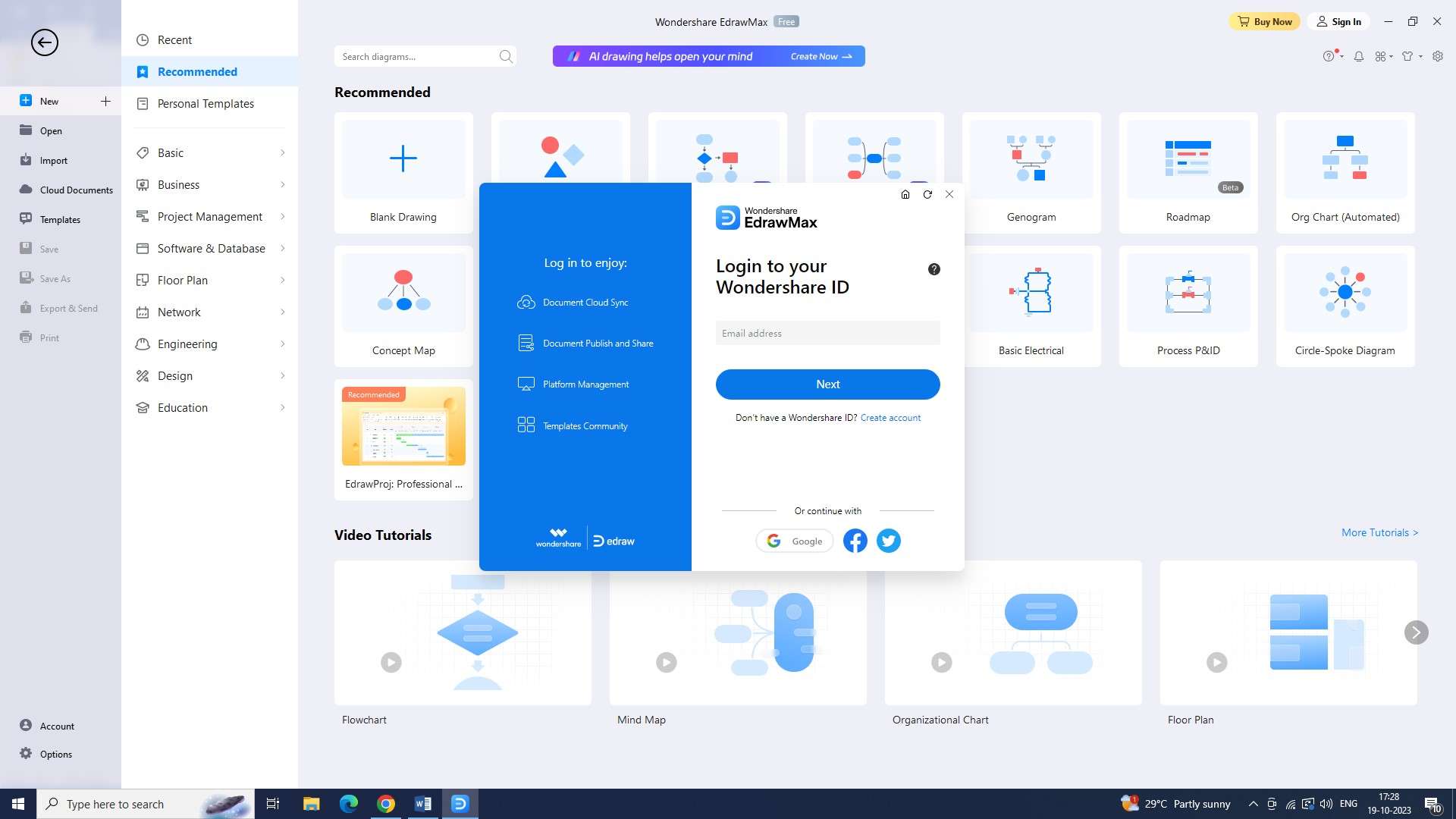Risk management in banking is crucial, as banks operate in a complex and dynamic environment that exposes them to various risks. These risks, including credit risk, market risk, and operational risk, can have significant implications for the financial stability and profitability of banks. Therefore, banks must have robust risk management practices in place to identify, assess, and mitigate these risks effectively.
In this article
Overview of Risk Management in the Banking Industry
Risk management in banking sector or industry refers to the systematic identification, assessment, and mitigation of risks that banks encounter in their daily operations. These risks arise from a multitude of sources, including credit risk, market risk, and operational risk. The primary objective of risk management is to safeguard the bank's assets, maintain financial stability, and ensure the sustainability of operations. By effectively managing risks, banks can enhance their resilience, protect their reputation, and meet the expectations of stakeholders.
Key Risks Faced by Banks and Financial Institutions
Banks and financial institutions are vulnerable to different types of risks. Adept risk management in banking is vital to make sure that these institutions do not get affected by them.

1. Credit Risk:This is the risk of potential losses due to borrowers defaulting on their debt obligations. It arises from lending activities and is managed through rigorous credit assessments, collateral requirements, and loan provisioning.
2. Market Risk:Market fluctuations can expose banks to adverse movements in interest rates, foreign exchange rates, equity prices, and commodity prices. Banks manage market risk through diversification, hedging, and sophisticated financial instruments.
3. Operational Risk:This risk stems from internal processes, systems, and human errors, as well as external events such as fraud, cyberattacks, and natural disasters.
Risk Management Strategies and Techniques in Banking
Risk management in banking sector is of high importance. There are some strategies and techniques that banks employ to ensure that they do not face any hindrance due to any kind of risk.
1. Risk Identification and Assessment:Banks employ sophisticated risk assessment frameworks to identify and quantify risks. This involves analyzing historical data, using statistical models, stress testing, scenario analysis, and expert judgment.
2. Risk Mitigation:Banks use a variety of techniques to mitigate risks, such as setting risk limits, diversifying portfolios, hedging, and using derivatives. They also establish robust internal controls, including segregation of duties, regular auditing, and employee training programs.
3. Risk Monitoring and Reporting:Banks continuously monitor their risk exposure through automated systems, real-time reporting, and liaison with regulatory authorities. Regular risk reporting provides stakeholders with transparency and enables prompt intervention when necessary.
4. Risk Governance:Effective risk management requires a well-defined governance structure, with clear roles and responsibilities assigned to senior management and the board of directors. Banks establish risk committees to oversee risk management functions and ensure compliance with regulatory requirements.
Regulatory bodies, such as central banks and financial authorities impose stringent requirements on banks to ensure sound risk management practices. These regulations encompass capital adequacy, stress testing, risk disclosure, and compliance with international standards such asBasel III.
The regulatory framework aims to enhance transparency, stability, and resilience in the banking industry while protecting the interests of depositors and investors.
Creating a Banking Risk Management Chart with EdrawMax
The extensive features of Wondershare EdrawMax make it easy and quick for users to display data, making it the finest tool for making charts for risk management in banking sector. With only a few clicks using the tool's integrated templates, users can quickly and easily generate risk management charts that appear professional.
Step 1: Log in to your Wondershare EdrawMax account
Log in to your account with Wondershare EdrawMax to begin designing your chart. You may use this effective tool as a blank canvas to create an appealing banking risk management chart.

Step 2: Start a new document
Starting a new document is the next thing to do. To accomplish this, click the + symbol next to the "New" button.

Step 3: Choose a template for a banking risk management chart
Take a look at the tool’s extensive template collection. Look for the best template for a banking risk management chart that suits the requirements of your organization.

Step 4: Customize the elements of the chart
With the help of the tool’s simple and easy interface, you can customize any element of the chart. You may change anything about the template, from the fonts and colors to the shapes and symbols.

Step 5: Identify and classify various risks
Identifying and classifying various risks is a crucial component of your chart. Create sections for distinct risk categories using the template.

Step 6: Create effective risk response plans
It's time to create effective risk response plans at this point. Make a list of preventative actions using the template.

Step 7: Save your work
Click "File" and then "Save" to save your work. You can quickly retrieve and change your chart in the future by using the tool that lets you save it in several formats.

Step 8: Export the chart
Present your chart to your team at this point. You may export your chart in a variety of formats.

Conclusion
The various types of risk management in banking are essential for banks to protect their assets, maintain financial stability, and meet the expectations of stakeholders. Compliance with regulatory requirements further strengthens risk management practices, promoting transparency and stability in the banking industry.




